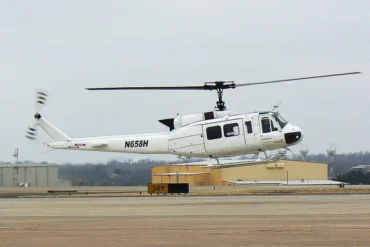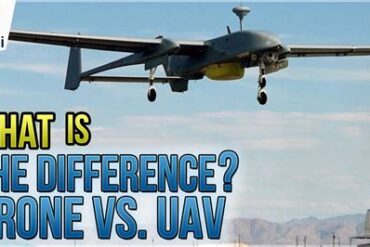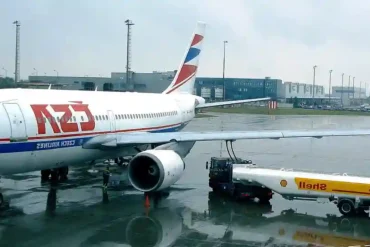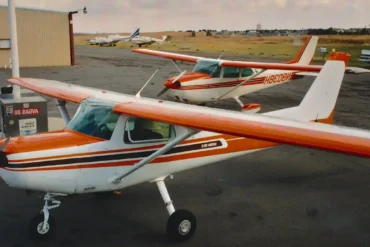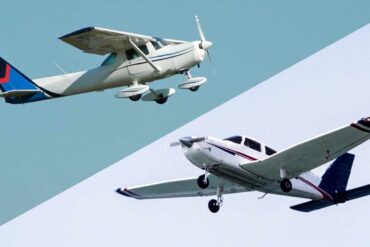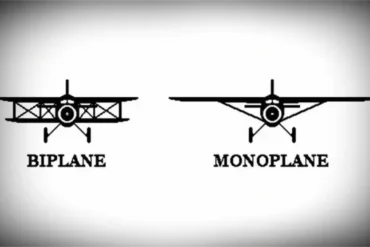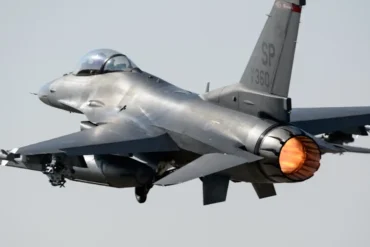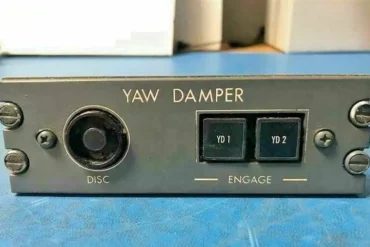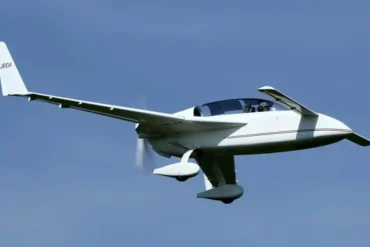Flying has become an increasingly accessible and frequent mode of transportation over the years. As more airlines take to the skies worldwide, ensuring aviation safety remains a top priority. Various regulatory bodies play a crucial role in maintaining industry-wide safety standards. Let’s explore the roles of some prominent organizations in the aviation landscape.
Federal Aviation Administration (FAA)
Established in 1958, the Federal Aviation Administration (FAA) is the national aviation authority in the United States. Its primary role is to oversee all aspects of aviation across North America, ensuring the utmost safety in our skies. The FAA is dedicated to upholding strict safety guidelines, which are outlined in the comprehensive Federal Aviation Regulations (FARs). This extensive document covers a wide range of aviation topics, from aircraft maintenance and pilot qualifications to activities like hot-air ballooning and model rocket launches. Sometimes referred to as 14 CFR Part xx to avoid confusion with other regulations, the FARs provide a thorough understanding of the principles governing aviation. Pilots and air carriers must be well-versed in these rules to navigate the complexities of the aviation world safely.
Civil Aviation Authority (CAA)
The term Civil Aviation Authority (CAA) is used in various countries around the world, such as the Czech Republic, El Salvador, and Mongolia. Notable examples include China’s Civil Aviation Administration of China (CAAC) and the United Kingdom’s Civil Aviation Authority. While the UK’s CAA doesn’t have the same autonomous authority as global entities like ICAO, it serves as a crucial regulator in its own right. In certain areas, it defers to the European Aviation Safety Agency (EASA), acting as the local enforcer of EASA regulations within the UK. The UK’s CAA oversees approximately 50,000 active pilots and 19,000 aircraft, contributing significantly to aviation regulation and safety.
International Civil Aviation Organization (ICAO)
The origins of the ICAO can be traced back to 1903 when the now-defunct International Commission for Air Navigation (ICAN) held its first convention. Although inconclusive, the Convention on International Civil Aviation was signed by 52 nations in 1944, and three years later, the ICAO we know today was born. As a specialized agency of the United Nations, the ICAO plays a vital role in establishing global aviation standards. Its mandate covers various subjects, ranging from technical aviation aspects to units of measurement, aeronautical charts, personnel licensing, and search and rescue standards. These guidelines, outlined in the Statute’s 9th edition, not only enhance safety but also streamline international air travel. The 191 Member States modify their regulations as needed, subject to ICAO approval. The ICAO oversees over 100,000 daily flights worldwide, making it a true powerhouse in the aviation industry.
European Aviation Safety Agency (EASA)
Unlike many national aviation bodies, the European Aviation Safety Agency (EASA) oversees aviation rules for all EU member countries. Headquartered in Cologne, Germany, EASA’s responsibilities include safety analysis, information distribution, regulation implementation, and type-certification for aircraft and components. Fully operational in 2008, EASA inherited duties from the Joint Aviation Authorities (JAA), but with a crucial distinction – EASA holds legal regulatory authority across the EU. Managing approximately 26,000 daily flights, European air traffic is among the world’s busiest. Anticipating increased traffic, EASA championed the Single European Sky initiative to facilitate seamless transitions between European and international flying zones, expanding its role in the aviation sector.
Joint Aviation Authorities (JAA)
Founded in 1970 as the Joint Airworthiness Authorities, the JAA aimed to establish common certification codes for large aircraft. Over time, its responsibilities evolved to cover operations, maintenance, and design standards. However, most of the JAA’s responsibilities were eventually merged into the EASA after its formation. While most existing members transitioned seamlessly, non-EU members experienced changes in voting rights or exclusion from the legislative process. It’s important to note that a distinct JAA exists in Japanese aviation as Japan Asia Airways, a former subsidiary of Japanese Airlines, unrelated to the European aviation regulatory body.

